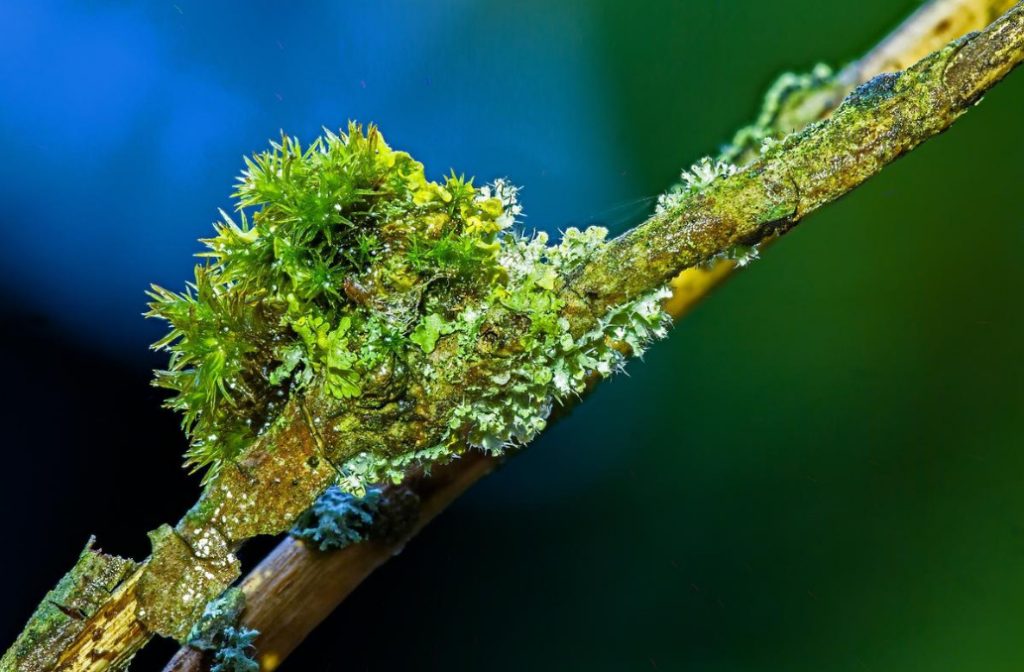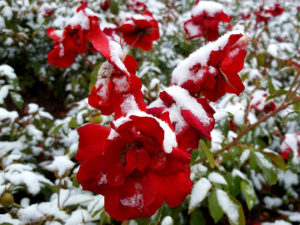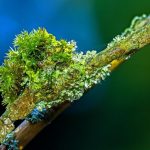Gardeners publications do not often pay attention to such “guests” of our gardens as Polypores, mosses and lichens. Nevertheless, you should know these representatives of the plant Kingdom, understand the degree of their danger to fruit trees and be able to fight them.
Polypores
These are the most dangerous tree pests. Wreckers-saboteurs, wreckers-murderers. Infection occurs through ungrown sections of branches, cracks in the bark, frost holes, which fall into the spores of Polypores. Spores germinate and form mycelium-the vegetative body of the fungus. Then there is a period of growth and development of the mycelium. This period is hidden from human eyes, because the mycelium Polypores develops inside the substrate – in the wood, causing its destruction. Later, when the mycelium reaches a certain size, fruit bodies are formed on the surface of the tree to disperse the spores again with the help of the wind. And only after seeing these fruit bodies can you understand that the tree is infected with Polypores.

Unfortunately, at this stage of development, it is almost impossible to destroy the mycelium. And even if you manage to cope with it, the wood will remain damaged. It will become soft, brittle and under any load (for example, wet snow, strong gusts of wind, a plentiful harvest) can easily break. In addition, the mycelium disrupts the conducting system, which means that the tree will constantly experience a lack of nutrition, which will gradually lead to its death.
Therefore, it is very important to carry out preventive measures, preventing infection with fungi. When pruning, never leave open wounds more than one centimeter in diameter. Sections should be covered with garden water, oil paint on natural drying oil. Frostbites, sunburn should be cleaned up to healthy tissue, and then treated with a one-percent solution of copper sulfate and smeared with garden brew.

If there are any wood materials on the site (boards, logs, stakes) on which Polypores fruit bodies grow, it is better to burn them. If Polypores are found on the trunks of living trees, these fruit bodies should be cut off, and the wounds treated with a three-percent solution of copper sulfate. If the fungus grows again, the procedure must be repeated.
In the literature, I have met the advice to RUB the place of the cut of the fruit body of Polypores with the leaves of Rumex confertus. I myself have not tried this method and can not guarantee its effectiveness, but in the fight against Polypores, any means will work.
Mosses
Despite the fact that mosses grow almost everywhere, most of them are in places with excessive moisture: in swamps, wet forests of different climatic zones, on humid highlands. They settle on the soil and stones, on dead wood and rotting wood, very often they are densely overgrown with trunks and branches of trees.
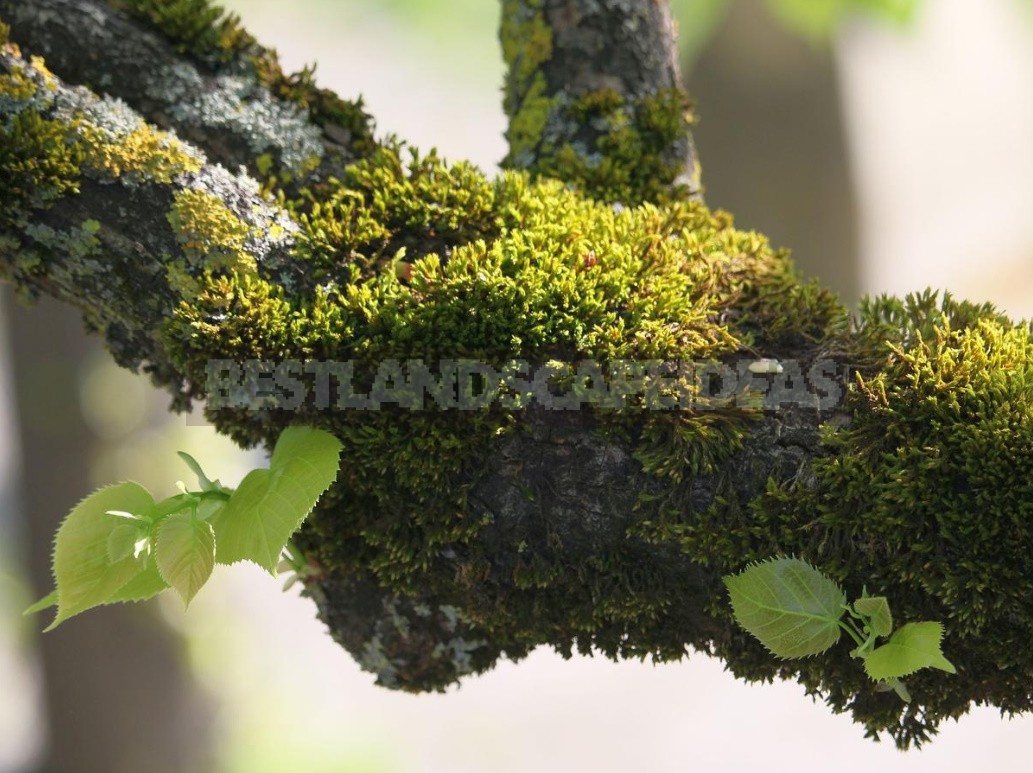
To imagine how numerous mosses can be, it is enough to recall the tundra and forest tundra, which have long been called the “Kingdom of mosses and lichens”, or sphagnum swamps. Fortunately, our cottages are not so attractive for mosses. However, they can be found in damp areas, shaded areas, in thickened plantings — that is, where it is quite wet. Especially often they can be seen on trees at the base of the trunk.
Mosses that live on trees are epiphytes, that is, they use the tree as a substrate, as a place of attachment. They do not parasitize trees, their effect is purely mechanical. Differing in the group form of growth, mosses can create “carpets” of different degrees of density. Growing, they clog the stomata located on the bark. For the trees themselves, this is not fatal, especially since in our strip mosses settle only on a small part of the trunk. And in a small amount, mosses do not harm trees. Their presence in the garden can be ignored.
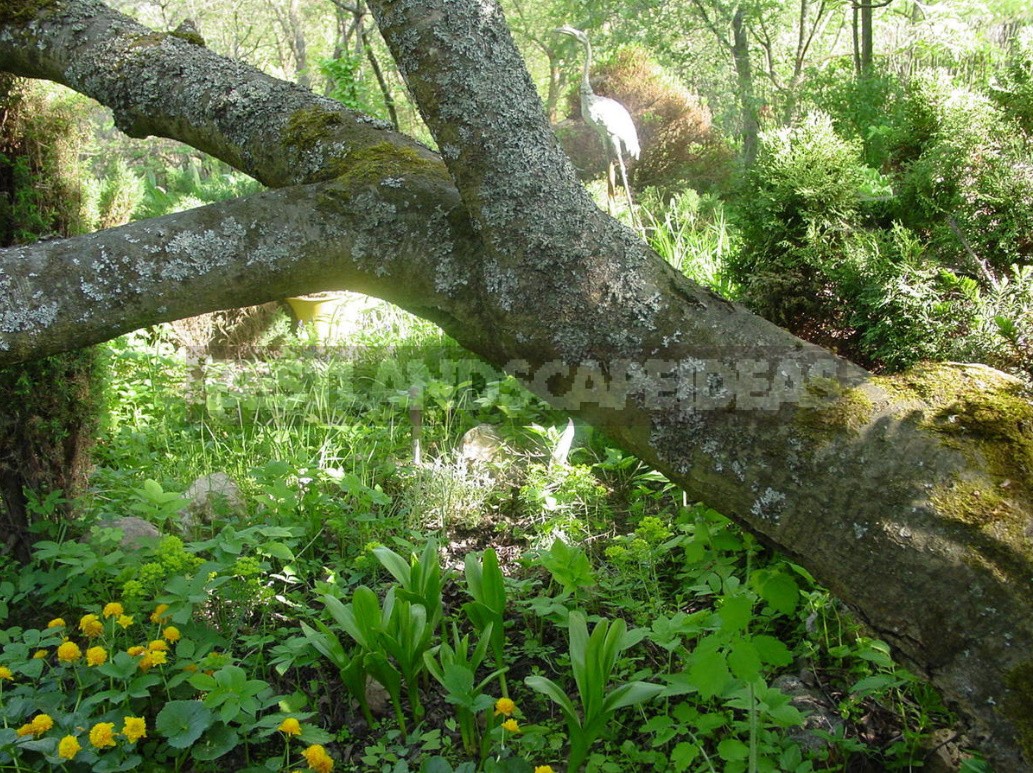
If they still interfere, for example, from an aesthetic point of view, they can be removed mechanically – remove with a scraper. Another method is chemical: in autumn, treat the tree on bare branches with a three-percent solution of iron vitriol (300 g per 10 liters of water). In the future, it is necessary to regularly whitewash the trunks.
Lichens
Probably, lichens are the most frequent guest, settling on our trees. Appearing on the bark of trees and shrubs in the form of barely noticeable scales of gray, bluish, yellow color, it can cover almost the entire surface with its layers (the so-called body of lichen) in a few years: the trunk, large and medium branches, and even small twigs.

And no matter how scary the tree looks in the” clothes ” of lichens, for us their presence is a welcome factor. After all, lichens are a natural indicator of air cleanliness. Their complete absence in a particular area should be alarming, since this indicates a highly polluted air.
Of course, it is difficult to find highly polluted air in suburban areas. Here and settle various types of lichens on shrubs, trees, and sometimes on unpainted fence boards, gazebos, scaring inexperienced gardeners with their appearance.
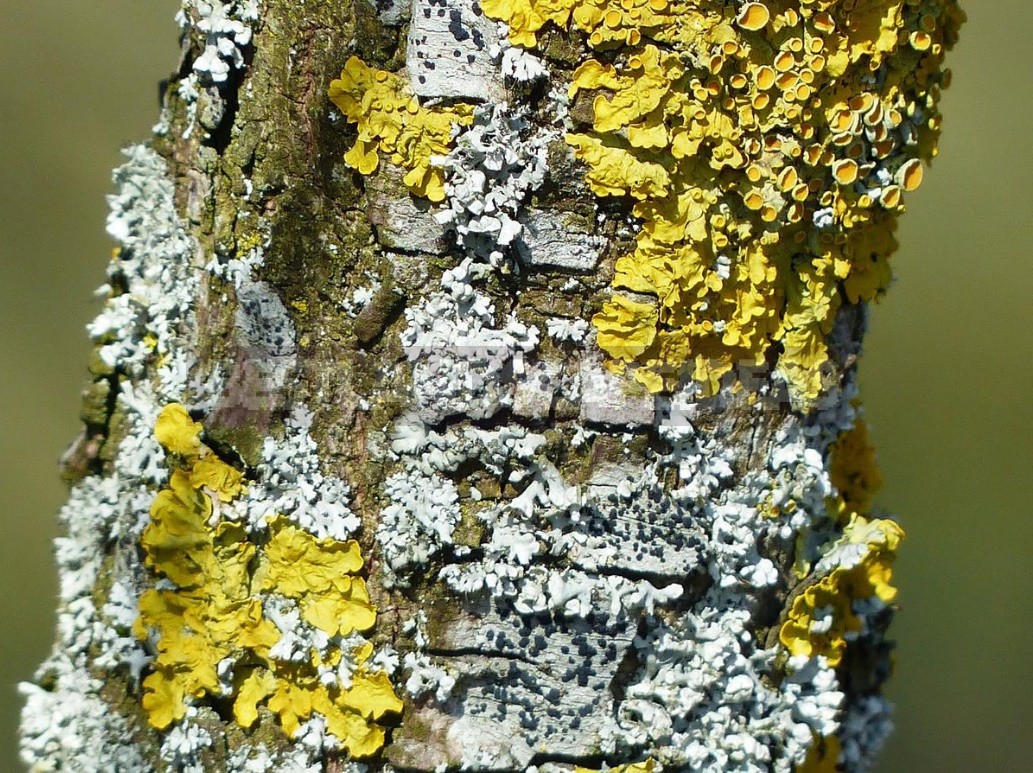
Scientists lichenologists-specialists in lichens-until recently believed that lichens use the substrate only as a place of attachment. But biochemical studies have shown that lichens have enzymes that are released into the external environment and, having a sufficiently high activity, are able to break down cellulose and polysaccharides. This indicates that lichens can extract some of the nutrients needed for their life from wood.
In addition, lichens that have grown on the tree, like mosses, clog the stomata located on the bark. This negatively affects the state of the tree. In the “lichen thickets” many useful and harmful invertebrates – ticks, leg-tails, spiders, bedbugs, cicadas, hay-eaters, caterpillars, leaf-eaters, etc. Therefore, in the fight against pests of the garden and garden, do not forget about lichen, as a place of shelter for insects.

Thus, considering the impact of lichens on tree crops, we can conclude that their abundance is more likely to harm the plant. Maybe not much, without leading them directly to death, but still it is better not to give the lichens the opportunity to spread throughout the garden. The fight against lichens is the same as with mosses.
